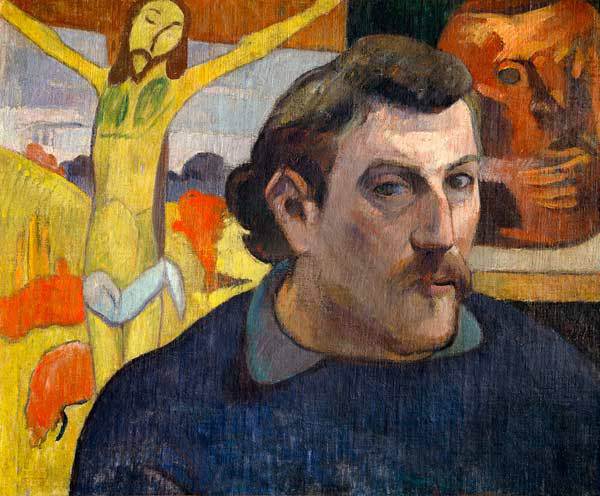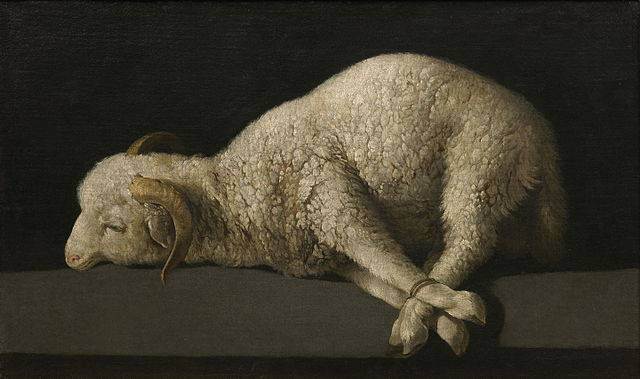
Paul Gauguin, ‘Self Portrait with Yellow Christ’, 1890-1, Musée d’Orsay, Paris (RF 1994-2)
© RMN-Grand Palais (Musée d’Orsay) / René-Gabriel Ojéda
Gauguin Portraits at the National Gallery The National Gallery in London presents the first-ever exhibition devoted to the portraits of Paul Gauguin. 7 October 2019 – 26 January 2020.]]>
Source: National Gallery, London
This landmark exhibition of major loans from museums and private collections throughout the world shows how Gauguin used portraits primarily to express himself and his ideas about art.
Although he was fully aware of the Western portrait tradition, Gauguin was rarely interested in exploring his sitters’ social standing, personality, or family background, which had been among the main reasons for making portraits in the past.
From sculptures in ceramics and wood to paintings and drawings, an extraordinary range of media for a National Gallery exhibition, visitors see how Gauguin interpreted a specific sitter or model over time, and often in different guises. A group of self portraits in the exhibition, for example, shows how Gauguin created a range of personifications including his self-image as Jesus Christ. Together with his use of intense colour and his interest in non-Western subject matter, his approach had a far-reaching influence on artists throughout the late 19th and 20th centuries including Henri Matisse and Pablo Picasso.
‘The Credit Suisse Exhibition: Gauguin Portraits’ shows how the artist – inspired by his time spent in Brittany and French Polynesia from the mid-1880s to the end of his life in 1903 – became fascinated by societies that to him seemed close to nature. With their folk tale heritage and spirituality, these communities appeared to him to be far removed from the industrialisation of Paris.
Related content
Collecting Gauguin: Samuel Courtauld in the ’20s (exhibition, 2013)
Follow us on:


